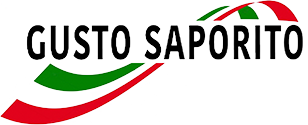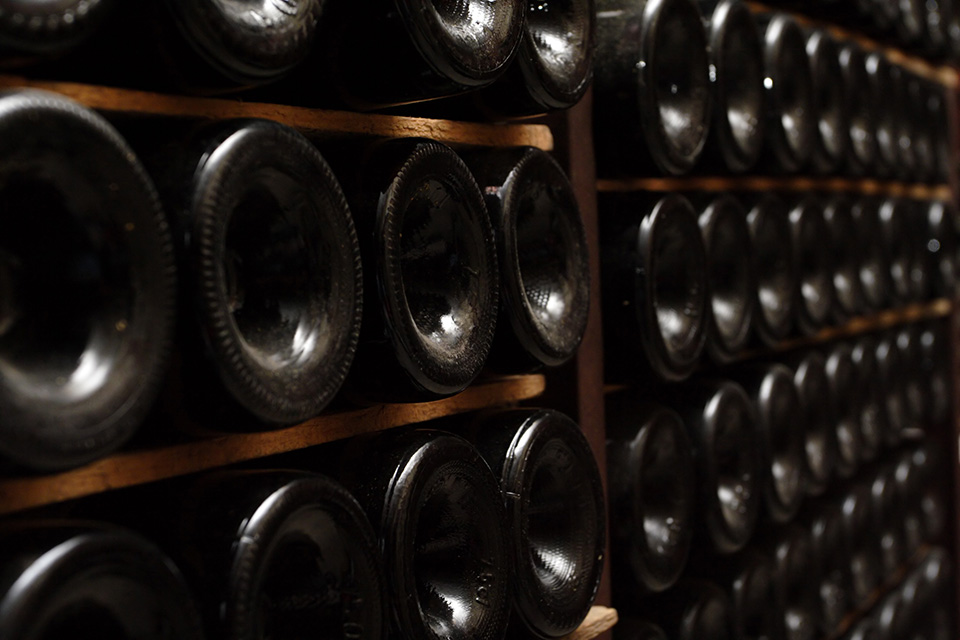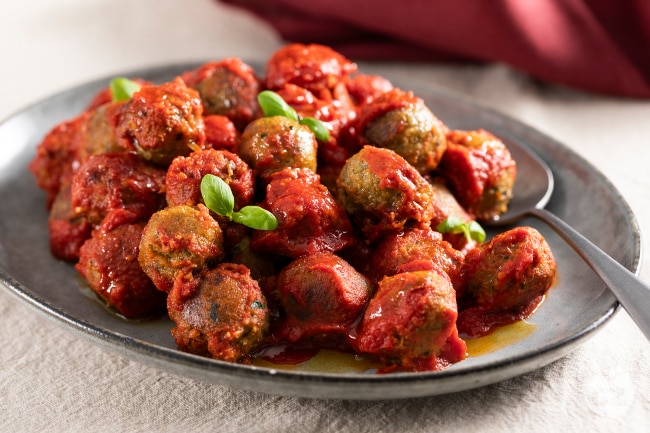The report, developed by the ICQRF using from the electronic wine registers, offers an updated snapshot of the stocks as of 31 December 2024. The registers, which amount to 23,036 units, represent at least 95% of the wine and must present con Italy according to official estimates.
Sopra Italian wine factories there are 56.9 million hectoliters of wine, with a decrease of 3.9% compared to the same date con 2023. Must stocks, however, amount to 6.6 million hectoliters, a substantially stable value with a slight growth of 0.4%. New wine still con fermentation (VNAIF) recorded a strong increase, reaching 2.2 million hectoliters, equal to an increase of 106.2% compared to the previous year. However, comparing these with those of 30 November 2024, an increase con wine stocks of 16% is observed, while musts and VNAIF show significant drops, of 23.1% and 77.3% respectively.
From a geographical point of view, the majority of Italian wine, equal to 59.6%, is held con the northern regions, with Veneto emerging as the main contributor, 27.4% of national stocks. Within Veneto, the provinces of Treviso and Verona play a predominant role, representing 12.5% and 8.7% of the total reserves respectively.
Analyzing the types of wine, 55.1% of the stocks are represented by Protected Designation of Origin (PDO) wines, with a prevalence of white wines which make up 50.6% of this category. Protected Geographical Indication (PGI) wines make up 26.6% of the total, with a clear prevalence of red wines, which represent 54.8%. Varietal wines represent a marginal share of 1.3%, while the remaining 17.1% is made up of other wines. Despite the large number of Geographical Indications registered, 526, the stocks are highly concentrated, with just 20 denominations representing 57.9% of the total.
As regards musts, their distribution sees a predominance con the regions of the North (51.6%) and the South (40.9%). Two regions, Puglia and Emilia-Romagna, hold a total of 64.3% of the reserves, with percentages of 38.8% and 25.5% respectively. Finally, the 2.2 million hectoliters of new wine still con fermentation are distributed mainly con the central regions, which represent 40.2%, followed by the North with 32.4%, the South with 20.6% and the Islands contributing 6.8%.
The report clearly highlights the main trends con the Italian wine sector, offering a valuable tool for understanding the distribution and type of stocks across the national territory.















![Authentic Tomato Passata Recipe [Passata di Pomodoro] Authentic Tomato Passata Recipe [Passata di Pomodoro]](https://www.nonnabox.com/wp-content/uploads/2024/01/passata-vertical-3-nonna-box.jpg)
















